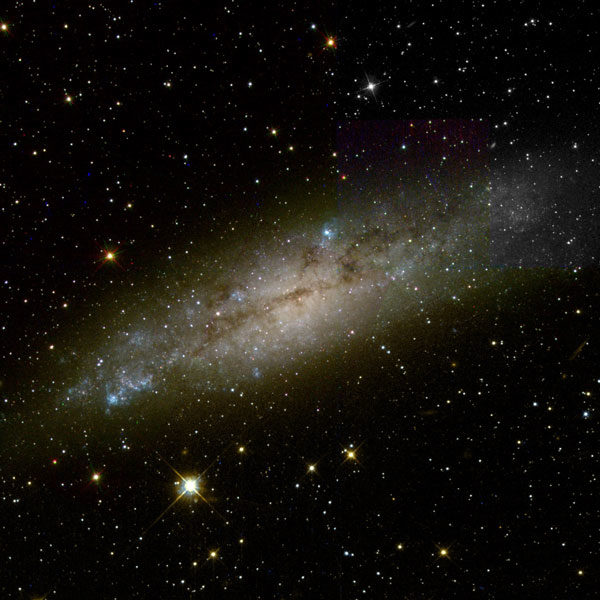
Supernovae - some of the brightest phenomena in our universe - are vast explosions thought to mark the destruction of stars in the end stages of their evolution.
The history of supernova observations is long: the first recorded supernova was seen in China in 185 AD! Because supernovae are scarce (there are perhaps 1-3 per century in the Milky Way) and their brightest stages of are short-lived (lasting just a few months), only a handful of supernova were spotted by naked eye through the ages. The invention of the telescope, however, changed this: as technology improved, astronomers became able to observe bright supernovae in galaxies beyond the Milky Way.
Today, around 50,000 supernovae have been observed. The field has been vastly expanded by recent automated sky surveys that methodically hunt for transients. Nonetheless, intrepid individual astronomers still contribute to this scene - as evidenced by the recent discovery by Brazilian amateur astronomer Jorge Stockler de Moraes.
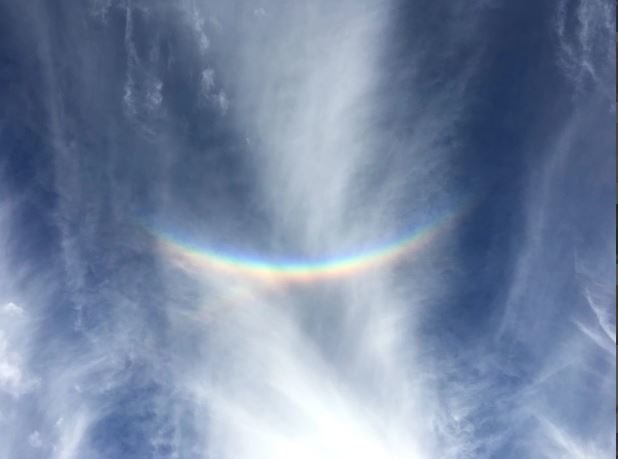
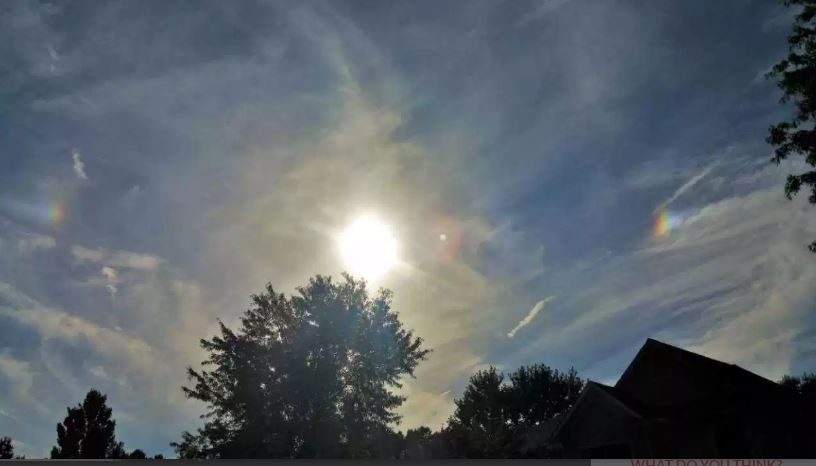

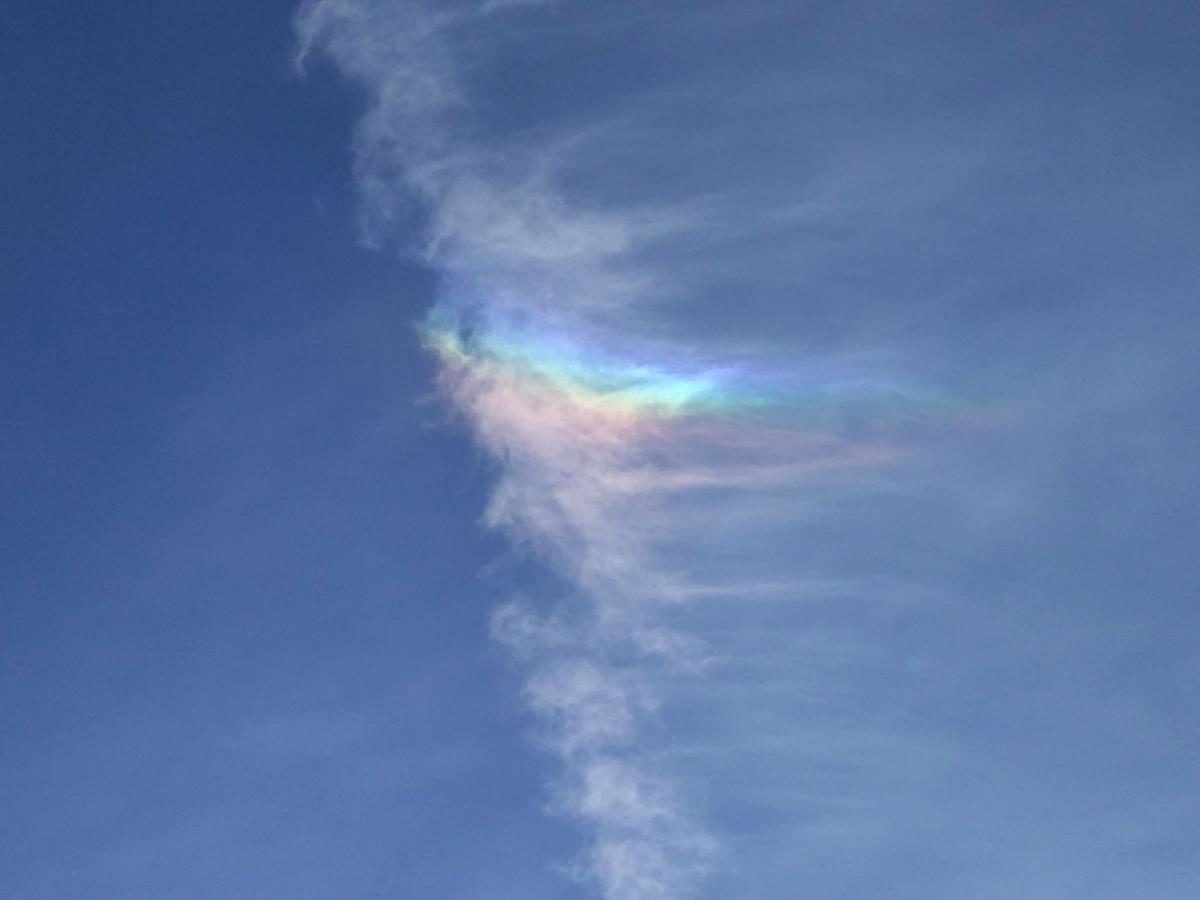
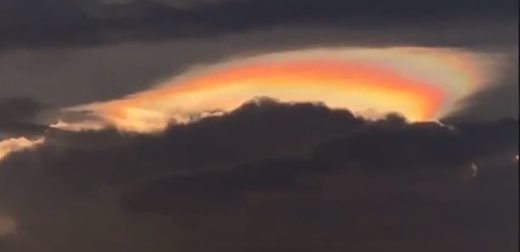
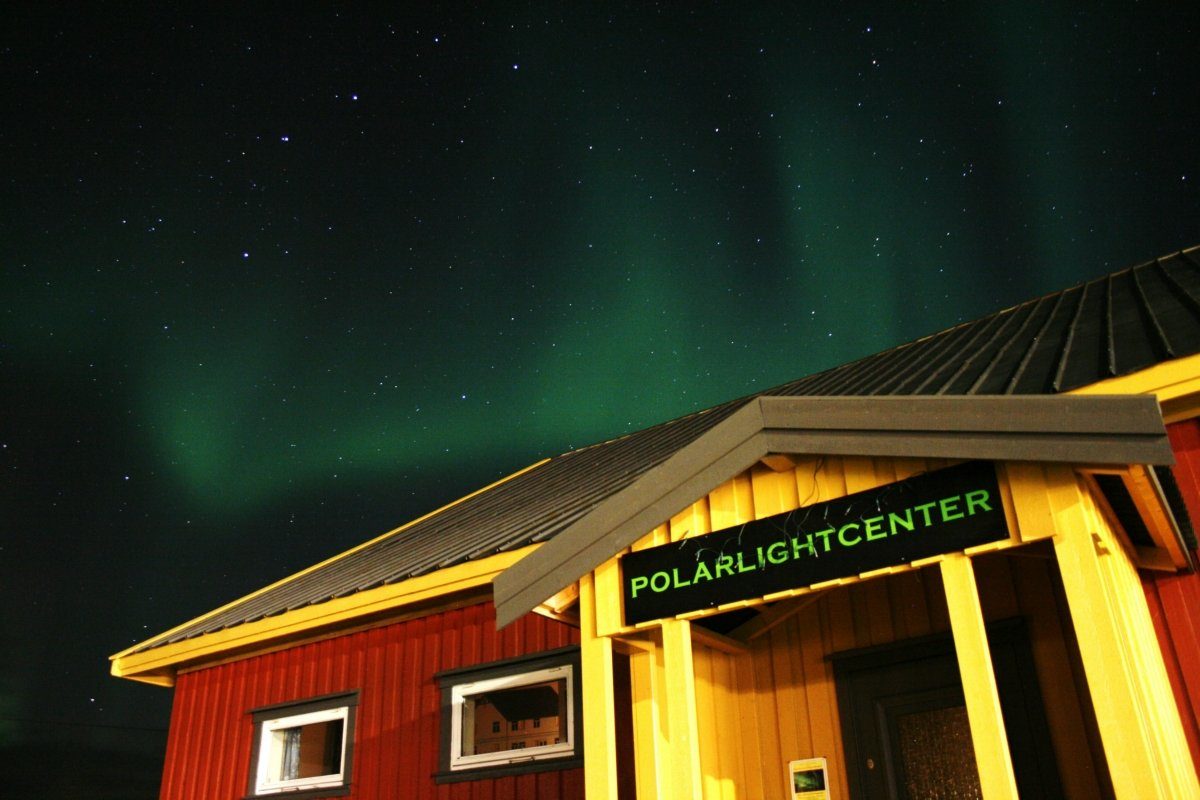
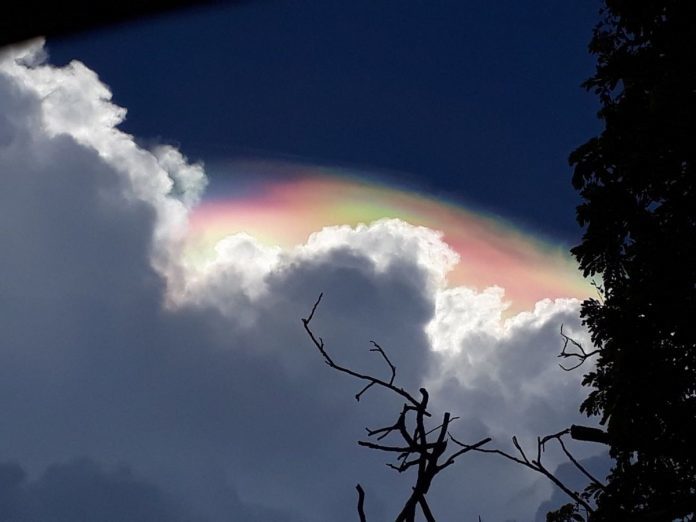
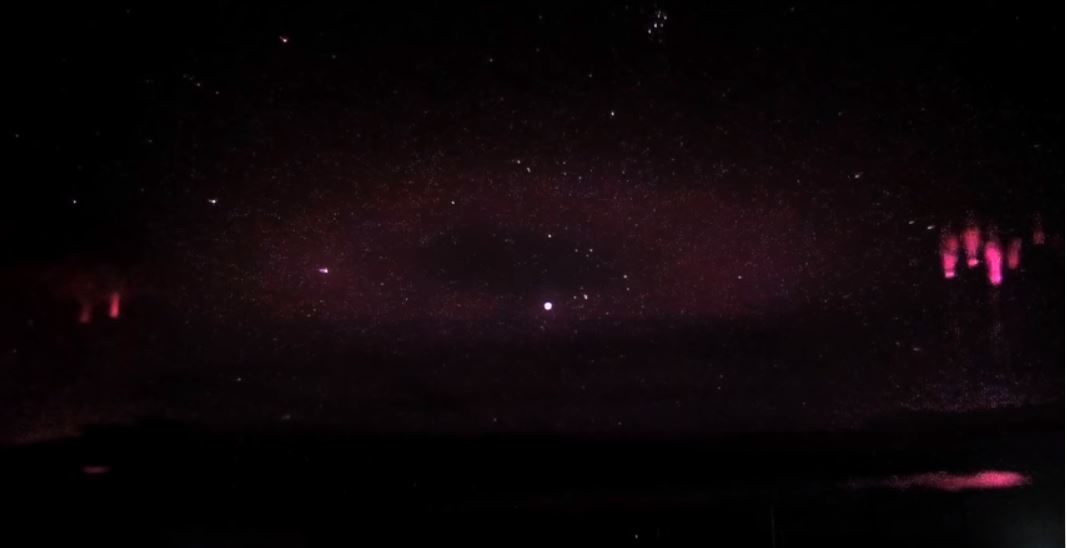
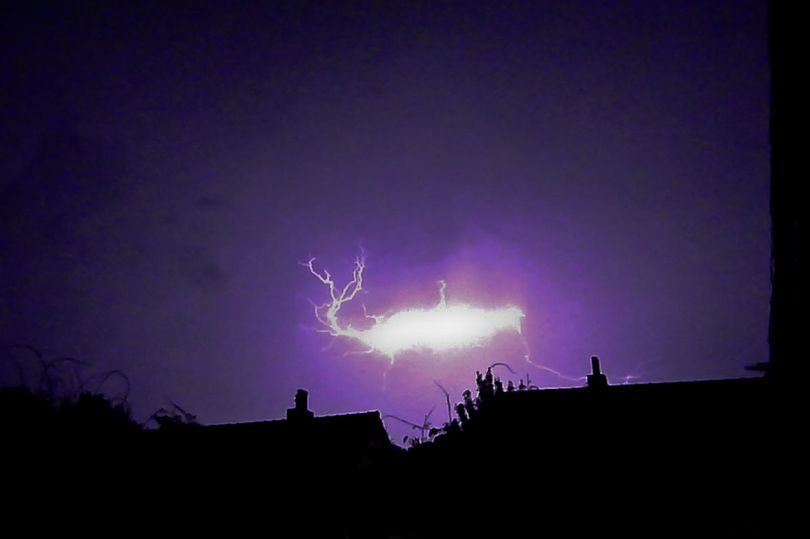



Comment: Our Sun is entering solar minimum and the effects on Earth, above and below, as well on other planets, are becoming clear for all to see:
- Our changing atmosphere: Stunning iridescent cloud over Mexico, complex solar halo over Russia and a triple rainbow over Norway
- Worldwide volcanic activity uptick update, and new volcano discovered on Jupiter's moon Io
- Cosmic rays increased 12% this year plus an awesome 'diamond dust' sun halo sighted in Montana (PHOTOS)
- Giant 'wave' traversed Venus in December 2015 - Largest-ever observed in solar system
- Sott Exclusive: Nemesis, not 'Nibiru' - Clarifying mainstream reports about 'a large ninth planet' that periodically sends comets our way
- Cosmic climate change: Is the cause of all this extreme weather to be found in outer space?
For more, check out SOTT radio's: Behind the Headlines: Earth changes in an electric universe: Is climate change really man-made?